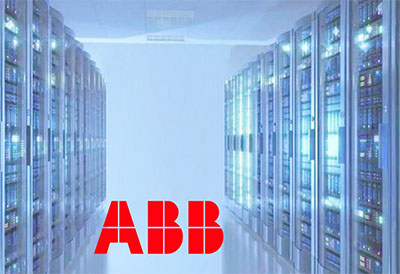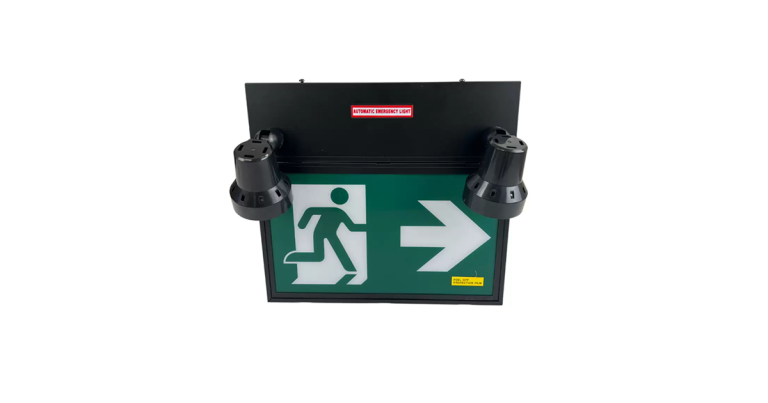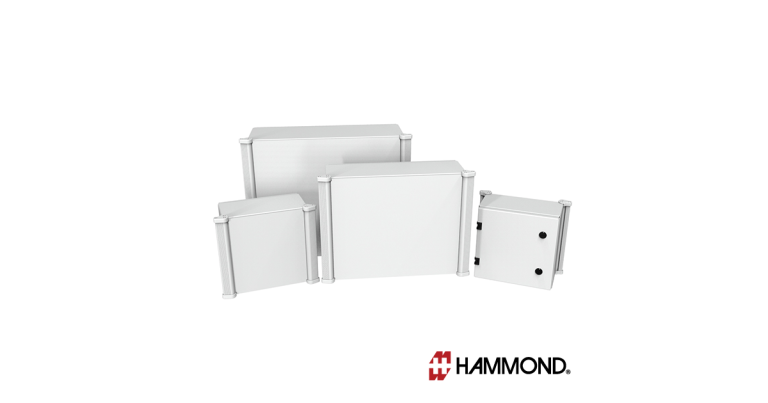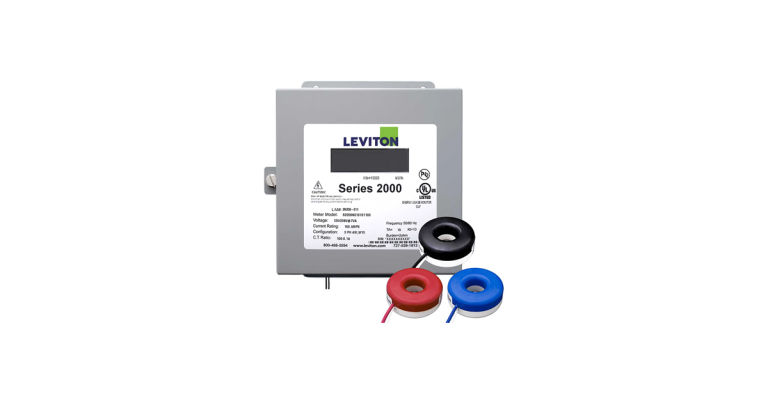ABB Demonstrates Modular, Rack- Based DC Power Platform for Data Center and Telecommunications

Mar 7, 2019
Taking a new view of traditional external, distributed DC power configurations for data centers, ABB is demonstrating its one step “edge” DC power conversion platform which frees up to 30 percent more floor space for server cabinets, while improving overall power efficiencies.
Showcasing their data center and telecomm power solution at ABB Customer World in Houston, this solution integrates all DC supply components – from plug-in rectifiers, battery and power distribution (DCPDU) modules, to easy-to-install and access power controllers, distribution circuit breakers, and cable management space – within the side, or edge, of a server cabinet, creating additional space and load capacity within each server rack.
By eliminating external distributed power components and placing modular DC power components inside the unused space in the cabinet, data center operators can also cut their capital equipment costs (CAPEX), reduce transfer power loss, create cooling efficiencies, and improve overall operational expenses (OPEX) through energy efficiency and lower maintenance costs.
“Our customers in the data center and communications markets are working hard to bring on more server and load capacity every day — within the space and power efficiency constraints of existing and new data facilities,” said Russell Ziprik, ABB Data Center Solutions engineer. “Traditional power systems, for example, use external UPS units or centralized DC power sources, requiring dedicated space which reduces valuable “white,” or floor, space for cabinets and servers. By integrating easy-to install, pluggable power components within the unused side rails of the cabinet we eliminate the need for dedicated floor space and reduce power transfer inefficiencies of centralized DC power configurations, while increasing cabinet load and processing capacity.”
The “edge” placement of power components allows the full height of rack space for servers and other
load equipment.
Bringing Power – and Costs – In Line Faster
Managing data center capacity and expansion means getting new or upgraded systems on line faster, easier and safer. The use of integrated DC power in each equipment bay reduces deployment time to weeks instead of months. Rectifiers, battery and power distribution modules all feature pluggable installation for easy hot-swap replacement and maintenance. Additional battery capacity can be added horizontally into the rack, if required.
Preconfigured cabinets are easily wheeled into place on retractable wheels and plugged into overhead 480V AC bus duct with AC twist lock connectors.
ABB DC Power Platform
2N Distributed Power and Reliability Eliminating traditional centralized backup power, the systems N+N redundant power train can be fed by redundant utility and generator feeds. This capability limits a power failures impact to a single cabinet, rather than entire rows of servers, creating a new level of reliability and system uptime.
Keeping Power Systems Running – and Safe
The one step edge pluggable modular units enable not only faster set-up, but easier and safer mainte-nance and upgrades. The core modules are all front-facing enabling safe access from the cold aisle, elim-inating the need for PPE (Personal Protection Equipment). Only the distribution breakers are accessed from the rear of the cabinet.
Both the power conversion rectifiers and battery back-up modules are hot-swappable, allowing for quick maintenance or upgrades without taking the entire equipment bay off-line.
Learn more about ABB Data Center Solutions Here: https://new.abb.com/data-centers

















